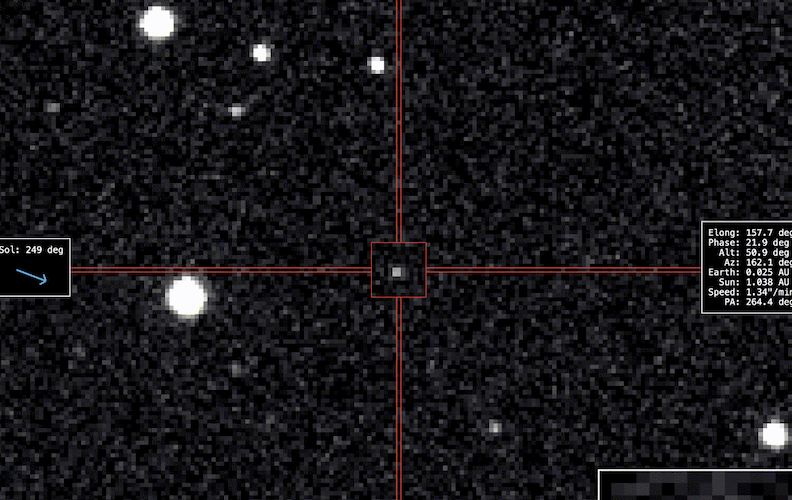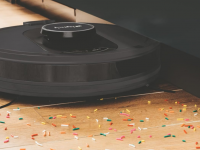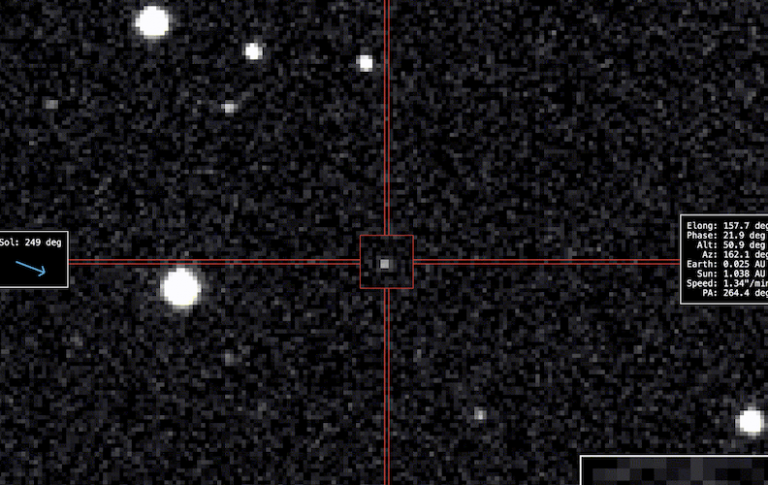
It’s good to know that our planetary defense systems work.
The European Space Agency revealed that on July 6 the automated systems that sleuth the skies for potentially hazardous objects like asteroids sent out a warning.
“The object, estimated at around 50 m [164 feet] in diameter, was spotted hurtling towards Earth on a path that would take it uncomfortably close to the moon and our planet,” ESA wrote. “But thankfully, this was no asteroid.”
As objects move through the sky against the background of stars, different observatories (like the NASA-funded Asteroid Terrestrial-impact Last Alert System) identify whether it’s a new object, and if so, if it might pose a hazard to Earth. In this case, follow-up observations determined the detected object was ESA’s Juice spacecraft, short for Jupiter Icy Moons Explorer. The probe, en route to the deeper solar system, is flying by Earth and the moon to exploit our gravity as it slingshots through space.
It turns out the Juice spacecraft isn’t nearly 50 meters across. Its solar panel wings measure 27 meters (88 feet) from tip to tip — which is still quite big for a deep space probe. But it appeared very bright, owing to its reflective solar panels, so ESA’s automated system initially estimated the object was a larger rock reflecting more light.
Scanning the skies for potentially menacing objects is essential. It gives us time to prepare, and if necessary, evacuate a certain area. “You need to know what’s coming, when it’s coming, and how hard it’s going to hit,” Eric Christensen, the director of the near-Earth object-seeking Catalina Sky Survey in Arizona, previously told Mashable.
“You need to know what’s coming, when it’s coming, and how hard it’s going to hit.”
Some space rocks do inevitably veer into our neck of the solar system woods from time to time. But space agencies haven’t spotted any threats. There “continues to be no known asteroid on course to collide with our planet for at least the next 100 years,” ESA said.
The risks of an asteroid impact
Here are today’s general risks from asteroids or comets both tiny and very large. Importantly, even relatively small rocks are still threatening, as the surprise 56-foot (17-meter) rock that exploded over Russia and blew out people’s windows in 2013 proved.
-
Every single day about 100 tons of dust and sand-sized particles fall through Earth’s atmosphere and promptly burn up.
-
Every year, on average, an “automobile-sized asteroid” plummets through our sky and explodes, explains NASA.
-
Impacts by objects around 460 feet (140 meters wide) in diameter occur every 10,000 to 20,000 years.
-
A “dinosaur-killing” impact from a rock perhaps a half-mile across or larger happens on 100-million-year timescales.



















0 Comments